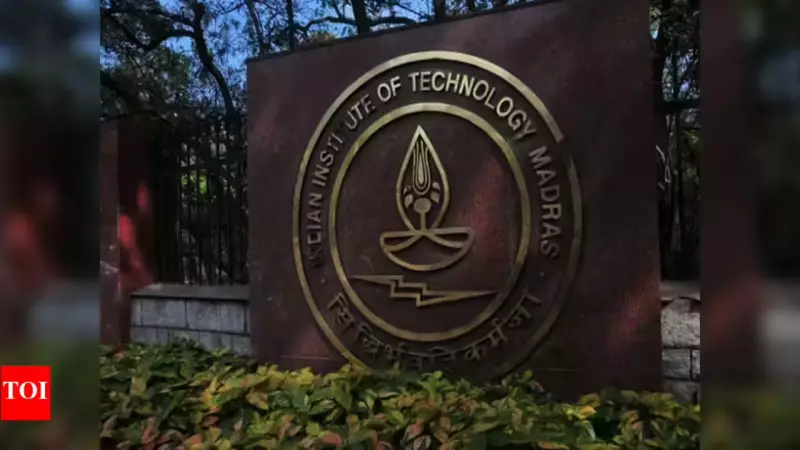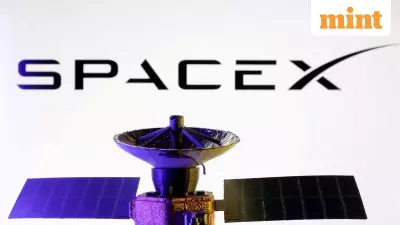
In a revolutionary development that could transform chemical research as we know it, researchers from IIT Madras and Ohio State University have created an artificial intelligence framework that essentially thinks like chemistry itself.
The Game-Changing Technology
This innovative AI system doesn't just analyze chemical data—it understands the fundamental principles governing chemical interactions. The framework, developed through international collaboration, represents a significant leap beyond traditional computational chemistry methods.
What makes this breakthrough particularly remarkable is its ability to predict molecular behavior and chemical reactions with astonishing accuracy, potentially saving researchers years of laboratory work and computational time.
How It Works: Mimicking Nature's Logic
The AI framework operates by internalizing the core logic of chemical processes. Rather than simply processing data points, it:
- Understands atomic interactions at a fundamental level
- Predicts reaction outcomes with high precision
- Identifies potential new compounds and materials
- Accelerates drug discovery and materials science research
Potential Applications That Could Change Industries
This technology opens up exciting possibilities across multiple sectors:
- Pharmaceutical Research: Dramatically faster drug development and testing
- Materials Science: Discovery of new materials with specific properties
- Environmental Solutions: Development of more efficient catalysts and cleaner chemical processes
- Energy Sector: Creation of better battery materials and energy storage solutions
A New Era for Chemical Research
The collaboration between Indian and American researchers demonstrates how international partnerships can drive scientific innovation. This AI framework could potentially reduce the time and cost associated with chemical research while opening up new frontiers in molecular design.
As this technology evolves, it promises to become an indispensable tool for chemists, materials scientists, and researchers worldwide, potentially accelerating discoveries that could address some of humanity's most pressing challenges.





